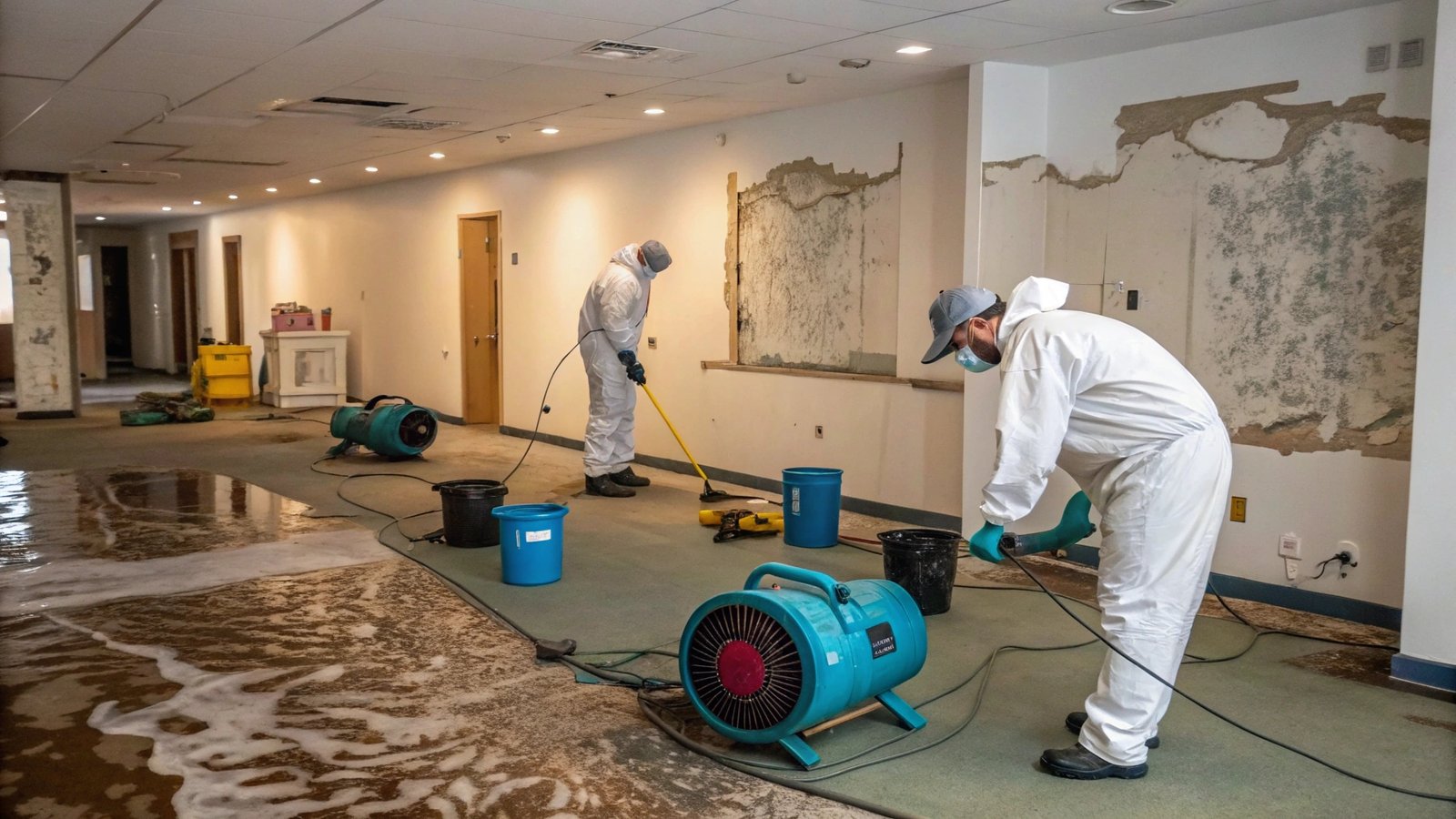Detecting moisture issues in bathrooms early is essential to protecting your home and avoiding expensive repairs. These problems often go unnoticed until significant harm has occurred. Identifying subtle signs and addressing concerns quickly can save time and money in the long run.
Common Signs of Trouble
Peeling paint, soft drywall, and musty odors often indicate problems hidden behind walls or under flooring. Signs like mold growth or warped wood may also signal a deeper issue that requires immediate attention. Bathroom water damage is often the hidden culprit behind these clues. Recognizing these signs before the problem spreads can make a major difference in your ability to address it effectively.
Stains on ceilings below bathrooms are another clue. Homeowners often overlook these indicators until structural damage has already taken place. In many cases, the root cause involves unnoticed leaks or poor ventilation. Discoloration, persistent dampness, or a squishy feeling underfoot in tiled areas can also point to water damage bathroom complications that might otherwise remain hidden.
Causes Behind the Damage
Aging fixtures, poor waterproofing, and plumbing failures are major culprits in these situations. Over time, these issues contribute to severe water damage bathroom scenarios that affect not only the bathroom but adjacent areas as well. Identifying weak spots in old plumbing or water-prone areas around showers and bathtubs is critical.
Cracked grout or loose tiles often allow water to seep through, slowly damaging materials underneath. Leaky pipes or faulty seals around tubs and toilets can also introduce moisture that gradually weakens structures over time. Left unchecked, these problems can lead to mold infestations and extensive bathroom water damage that may require a complete renovation.
Quick Fixes to Mitigate Damage
Prompt action is vital when symptoms first appear. Removing moisture, drying affected areas, and repairing leaks can stop the problem from worsening. In severe situations, bathroom water damage may require professional intervention to assess structural integrity and begin restoration. Swift response prevents escalation and can significantly reduce repair costs.
Replacing compromised materials and sealing gaps around water fixtures can help restore safety. Depending on severity, minor fixes may suffice, but more extensive repairs may involve flooring and drywall replacement. Taking these steps will help you avoid recurring water damage bathroom complications forming over time.
Long-Term Prevention Strategies
Installing exhaust fans, using waterproof sealants, and inspecting plumbing regularly can minimize future incidents. A consistent maintenance routine helps prevent long-term water damage bathroom issues and provides peace of mind. Prevention is always more affordable and manageable than extensive restoration.
Regularly checking under sinks, around tubs, and behind toilets ensures early detection. Keeping grout sealed and replacing deteriorating caulking also helps maintain a moisture-resistant environment. These habits serve as your home’s first line of defense against worsening bathroom water damage, which could impact the structure’s value and safety.
When to Seek Expert Help
If water infiltration is widespread or signs persist despite DIY efforts, it may be time to call professionals. In many cases, significant bathroom water damage compromises structural elements, making expert evaluation necessary. Professionals have the tools and experience to locate hidden water pockets and offer comprehensive solutions.
Certified specialists can identify hidden moisture, remove damaged materials safely, and restore affected areas to their original condition. Ignoring such concerns risks not only property damage but also potential health hazards from mold growth. Their support can significantly reduce the long-term impact of water damage bathroom restoration costs and help protect your property.
Cost Considerations and Insurance
Repairing damage from moisture can vary in cost depending on the extent and location of the problem. Minor tile replacement or sealing jobs might be affordable, but more significant repairs involving structural elements or mold remediation will be more expensive. In such cases, documenting signs of bathroom water damage and maintaining inspection records will prove beneficial when filing insurance claims.
Many homeowners’ insurance policies cover sudden or accidental water damage. However, damage resulting from lack of maintenance or negligence may not be included. Knowing what is covered—and addressing issues early—helps avoid unexpected out-of-pocket expenses for fixing water damage bathroom concerns. Considering the cost and Insurance as an expense as early you can.
Conclusion
Safeguarding your home starts with recognizing early signs and acting quickly. Regular inspections, prompt repairs, and strategic upgrades help protect against water-related problems. Taking these steps ensures your bathroom remains functional, safe, and free of costly moisture issues.
Related Reads
- Reliable Financial Advice for Lottery Winners: Structuring Taxes and Obligations
- Transform Your Brand Visibility with Custom Vehicle Wraps in Louisville, KY
- Energy-Saving Blackout Electric Blinds for Bedrooms and Offices
- How Surrey’s Online Trauma Therapists Support You Through PTSD and Anxiety
- Top Apartments for Sale in Kampala: Where to Buy in 2025



